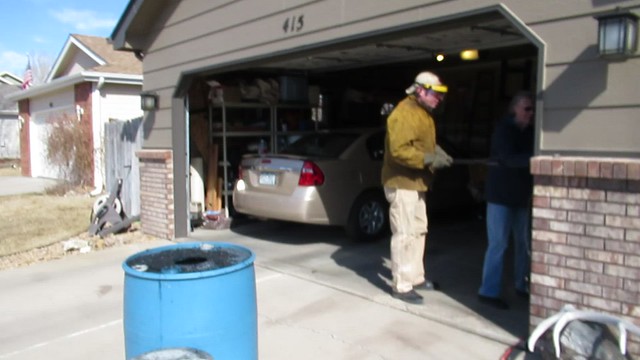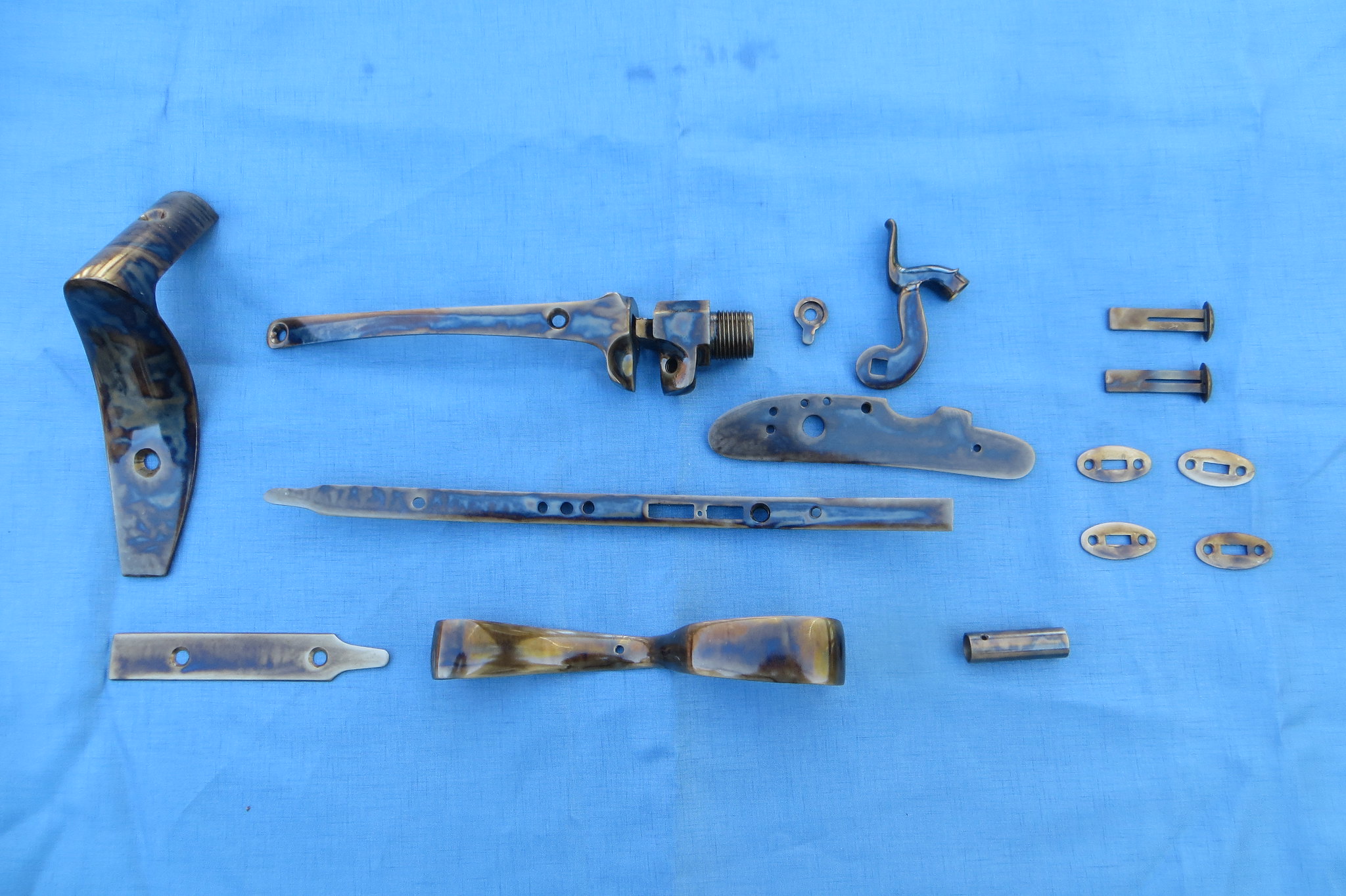Phil Coffins
69 Cal.
My apprentice doing the quench. Thought it may entertain you click to play video.
 MVI_0507 by Oliver Sudden, on Flickr
MVI_0507 by Oliver Sudden, on Flickr
 MVI_0507 by Oliver Sudden, on Flickr
MVI_0507 by Oliver Sudden, on Flickr

 MVI_0507 by Oliver Sudden, on Flickr
MVI_0507 by Oliver Sudden, on Flickr IMG_1099 by Oliver Sudden, on Flickr
IMG_1099 by Oliver Sudden, on FlickrEnter your email address to join: